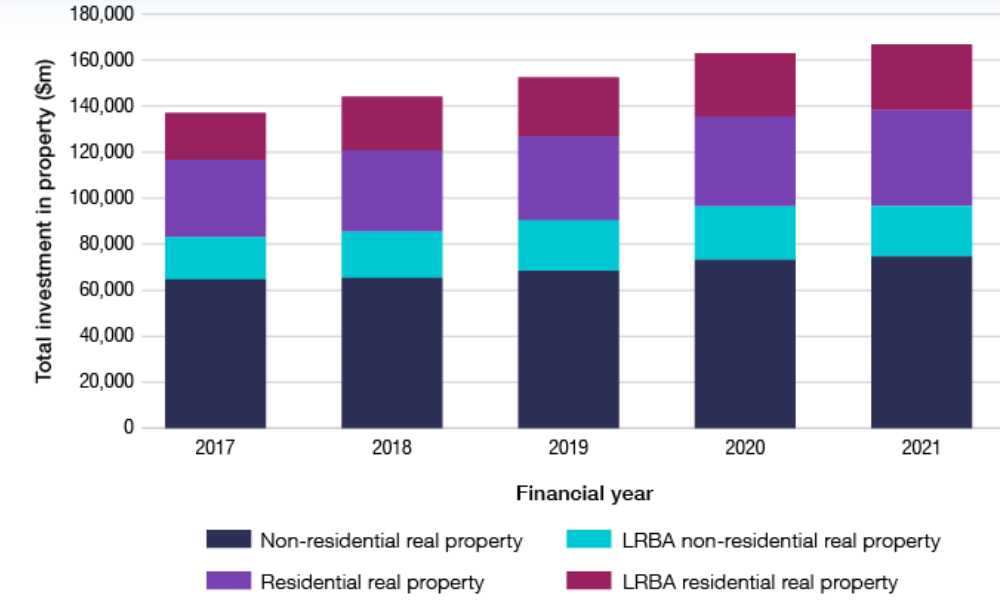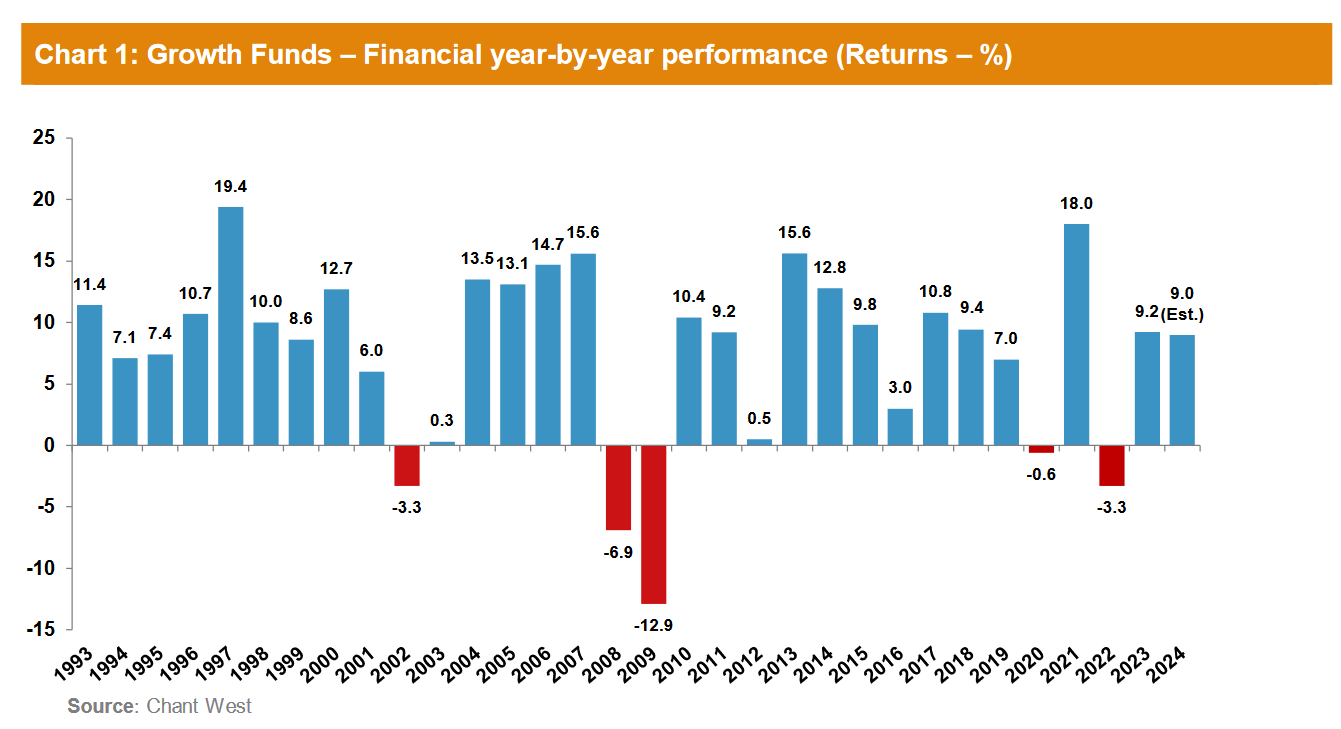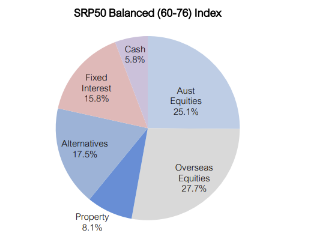Super funds grow fast, fuelled by good returns


Superannuation is delivering a strong perofrmance for members and the economy. Photo: Getty
Superannuation continued to grow strongly in the March quarter with APRA figures showing overall funds in the system up a strong 11.3 per cent to $3.85 trillion compared to a year earlier.
APRA-regulated funds, which include industry, retail, public sector and defined benefit funds, outstripped the self-managed sector growing 12.9 per cent to $2.69 trillion.
The self-managed sector, driven by wealthy investors with far larger balances than the industry and retail sectors, grew by 8.9 per cent to $933 billion.
The growth was driven by two factors. APRA says returns on the funds it oversaw rose 4.9 per cent in the March quarter.
That March quarter return was in line with the return for the median balanced/growth fund with 61-80 per cent growth assets reported by market watchers Chant West.
With only days left in the financial year Chant West said saying “the median growth fund return for FY24 is sitting at about 9 per cent.”
That positive result, almost a certainty by Sunday (June 30), would represent the 13th positive return out of the most recent 15 years, the market watcher said. That means members will fall just short of double figures for their return performance.
“A final result close to 9 per cent would be an excellent outcome given all of the uncertainty around inflation, expectations of when the Fed will start cutting interest rates and ongoing geopolitical tensions,” Chant West lead researcher Mano Mohankumar said.
A 9 per cent return for a fund worth $150,000 at the start of the year will deliver growth of $13,500 to a final balance of $163,500.
This year’s strong performance will build on the out-performance of compulsory super expectations since its introduction back in 1992.
Since then, Mohankumar says, “the median growth fund has returned 7.9 per cent annually”. Over that period the annual CPI increase was 2.7 per cent, giving a real return of 5.2 per cent a year well above the 3.5 per cent target set by most funds.
Strong employment helps
The super sector is being boosted by strong employment outcomes with total super contributions growing 11.3 per cent to $177 billion for the March year.
That was slightly better than the super guarantee level of 11 per cent which held sway for most of the March year.
Of those contributions, the majority were, as expected, made by employers under the super guarantee. They contributed $133.3 billion over the year, a rise of 12.4 per cent.
But employees and other members are increasingly taking advantage of personal contributions which rose 8.2 per cent over the year to $43.7 billion.
The super funds have had to manage difficulties in the commercial and retail property sectors which were once considered good, safe investments for patient investors.
Property problems
However, those sectors have been rocked by the move to online shopping – which has undermined shopping centre valuations – and the rise of working from home – which has damaged the office market.
APRA data shows that the funds trimmed their exposure to the sector.
In the June quarter of 2023, APRA data showed they had $173.7 billion in property portfolios, down from $179.6 billion a year earlier. By September 2023, this figure was cut back $169.7 million.
That reduction could have been driven by sales, revaluations or both. SuperRatings director Kirby Rappell said valuation effects of property problems were smaller in Australia than the US market.
“Global property, particularly in the US, is not a great place to be,” Rappell said.
However, in Australia – while investors were cautious – there appeared to be no major shakeout. But funds were trying to work out where valuations sit.
“If you are holding property it’s a case of not being the time to get out. But there’s a low appetite to dive in with new investments,” Rappell said.
In recent months there seems to have been some recovery in the sector with S&P/ASX 200 Real Estate Index recording a 9.26 per cent rise so far in 2024.
Interestingly the biggest super funds have been able to manage their property exposures over time without major changes in their property holdings.
Back in 2020, Australian Super and Australian Retirement Trust, the largest two funds with $305.8 billion and $240.4 billion in investments respectively in total investments in June 2023, had 5 and 7 per cent of their portfolios in property.
In June 2020 the figures were similar, at 6.8 and 5.9 per cent.
SMSF property buy-up
The area of superannuation with by far the largest relative holding of property is the self-managed super fund sector.
Back in June 2021, the most recent figures available, the ATO reported the sector had $166.9 billion in property investment of a total asset base of $813.69 billion, a total of 20.5 per cent.
ATO reported self-managed super fund property holdings
Of those holdings $52.86 billion were funded by limited recourse borrowings inside super funds, almost all of which was funding property investments.
The ATO calculated that SMSFs own 0.8 per cent of the residential property market, which totalled $8.96 trillion in value in June 2021.
Rappell said that while there were significant funds from SMSFs in residential property, it was unlikely they were significant enough to influence prices greatly.
The New Daily is owned by Industry Super Holdings










